According to legend, the Circus Maximus is as ancient as Rome itself. Tradition holds that it was during the first games in the Circus Maximus, put on by Rome’s first king Romulus, that the Romans carried out the Rape of the Sabines. Seizing the women from their Sabine neighbors in a desperate bid to populate their city.
Such an inauspicious start set the tone for such a bloody and violent arena as the Circus Maximus. As immortalized in the movie Ben Hur (and more recently in a less critically acclaimed remake), the Circus Maximus hosted some spectacular chariot races throughout the course of its long and bloody history.
Races fought ferociously, unpittylingly, and often to the death.
History
Before the Circus Maximus
According to legend, the Circus Maximus is as old as Rome itself, dating from the time of King Romulus.
The story goes that Rome's founder, and twin of the recently deceased Remus, invited the neighboring Sabines to the Circus Maximus in 752 BC. The Roman historian Titus Livy tells us that the games he put on were so captivating that "nobody had eyes or thoughts for anything else."
It was during the games that his men abducted the Sabine women - an event we know as the Rape of the Sabines.
The construction of the Circus Maximus
Moving from the realm of legend to the realm of history, the Circus Maximus appears to have been built early, under Rome's first kings, the Tarquins. The Tarquins built a series of wooden seats, spatially separating the games' spectators according to class. Then, during the mid Republic (around 189 BC), the Romans built the circus' first permanent spina - the long colonnaded strip along whose lengths the charioteers had to race.
As the Roman Empire expanded and more riches flooded the city, the Circus Maximus evolved. Far from a basic chariot racing track, it became a showy, monumental landmark capable of putting on the strangest spectacles immaginable.
In 55 BC, Julius Caesar's great rival, Pompey, procured 20 African elephants and let the loose in the Circus Maximnus. His plan had been for them to fight to the death. But as their survivalist instincts took hold, the elephants tried to flee, causing considerable damage to the stands.
The Romans quickly learned their lesson. They didn't stop putting on wild animal shows of course. In fact, these increased considerbly with the building of the Colosseum. But they at least endeavoured to make such shows a little safer for the public. So to avoid any further accidents they used the River Tiber to create a moat dividing spectators from the racing track.
What did the Circus Maximus look like?
The Circus Maximus' runway was some 600 meters long. At its height, it could accommodate some 250,000 spectators, five times the capacity of the Colosseum. The Circus Maximus extends between two of Rome's Seven Hills, the Aventine and the Palatine. It was the emperors living on the Palatine that had the best seats in the house, however, as you can still see from the palatial ruins that run across the hill today.
How do we know what the Circus Maximus looked like?
Well, partly because of Roman coins.
Minted during the reign of Trajan - one of Rome's most popular emperors - this early 2nd century coin contains a somewhat detailed design of the Circus Maximus on its reverse. In the center you can see the same obelisk that now stands in the center of Piazza del Popolo (the Flaminio Obelisk), which pass by on our Caravaggio Tour on our way to Santa Maria del Popolo.
On either side of the obelisk stand the metae (literal turning-points) around which the Circus Maximus' charioteers had to turn during the races. You can't see it now, but until the time of Mussolini there was another meta, the Meta Sudans, just outside the Colosseum. The dictator destroyed it during the 1930s to make way for the Via dei Fori Imperiali. But you can still see its brick structure just sticking out of the grass between the Colosseum and Arch of Constantine.
So what was a typical chariot race in the Circus Maximus?
Charioteers, riding chariots of two to four horses, raced seven laps around the plug, a central divider wall where two Egyptian obelisks once stood. Once they arrived at each end of the track they had to circle a meta - a large gilded column which the riders had to circumvent.
Both the obelisks that stood in the Circus Maximus are still extant in the city. They were renamed Flaminium and Lateran and were placed at the center of two important squares of Rome. The first stands tall in Piazza del Popolo, at the very north of the center but within view of the Altare della Patria. The second stands across from the Basilica of St. John in Lateran.
Like today's footballers, charioteers didn't compete alone but in teams.
The teams were distinguished by four colors: green, blue, red, white. And rivalries between the teams, and especially between the fans that supported them, were fierce. The chariot races were the most popular and loved shows by the Romans and the charioteers were true sport superstars. It might not surprise you that they were very, very rich. In fact, Roman Empire boasts the world's highest paid athlete, one Gaius Appuleius Diocles, who's earnings in today's money would equate to around $15 billion. Net.
Useful Info
OPENING TIMES
As an enormous open-air chariot racing track, the Circus Maximus is always open!
Very little of the actual circus survives. Its structure is mainly preserved in the shape of the valley it once occupied.
But some original ruins remain at the far south-eastern side of the circus. Contact us and we can organize your Circus Maximus Visit.
FAQs
What's left of the Circus Maximus today?
Today, the shape of the Circus Maximus is still clearly visible, despite the depredations of its stones which were recycled four to five centuries ago to build palaces and churches. Its foundations, recently brought to light by archaeological excavations, have only recently opened to the public.
The valley where the Circus Maximus was built in an area that is now one of the favorite destinations for joggers. Spectators still come to fill it, as they did 2,000 years ago. But instead of die-hard supporters of the red, green, or blue factions, today's crowds are fans of the Rolling Stones, Bruce Springsteen, and other stars privileged enough to play there.

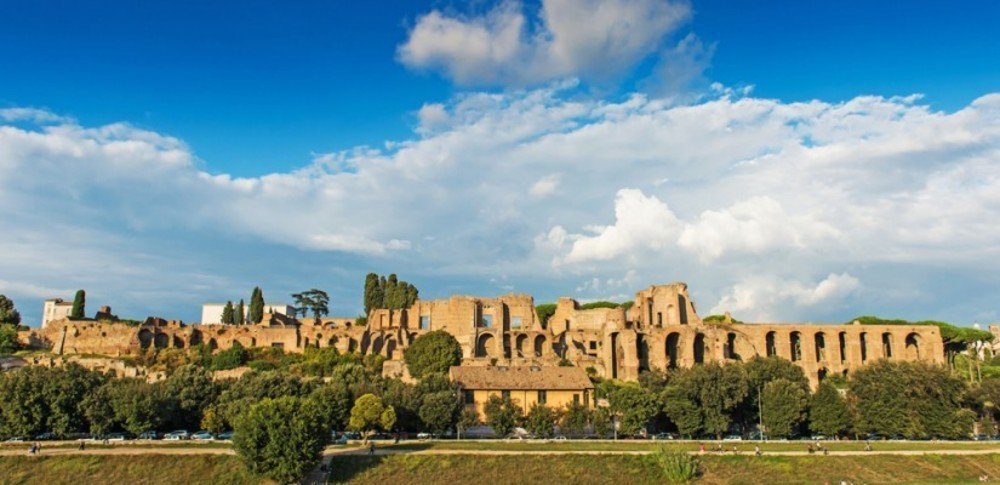
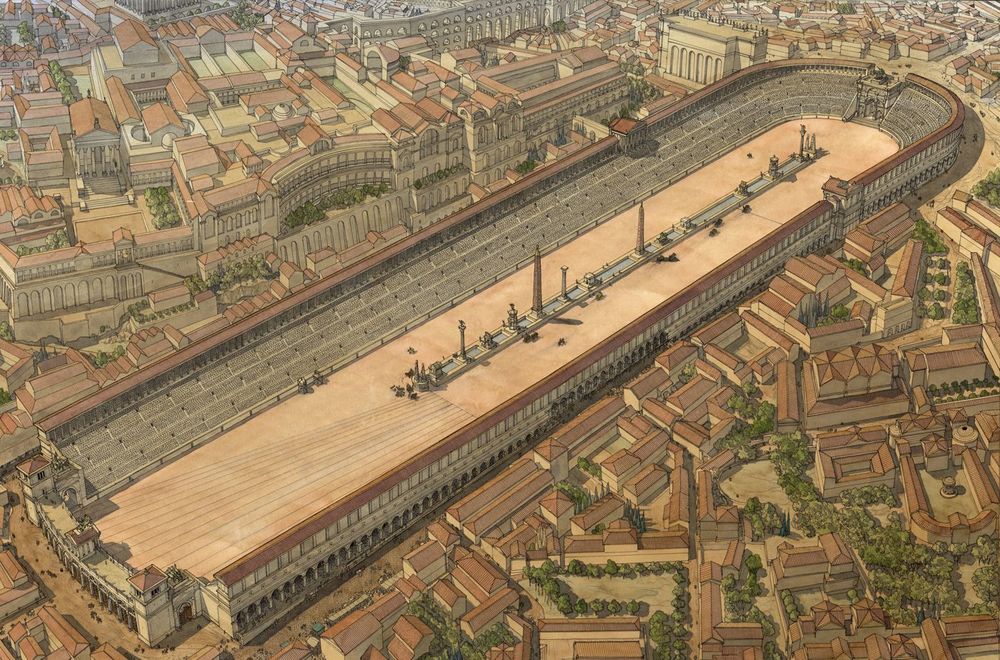
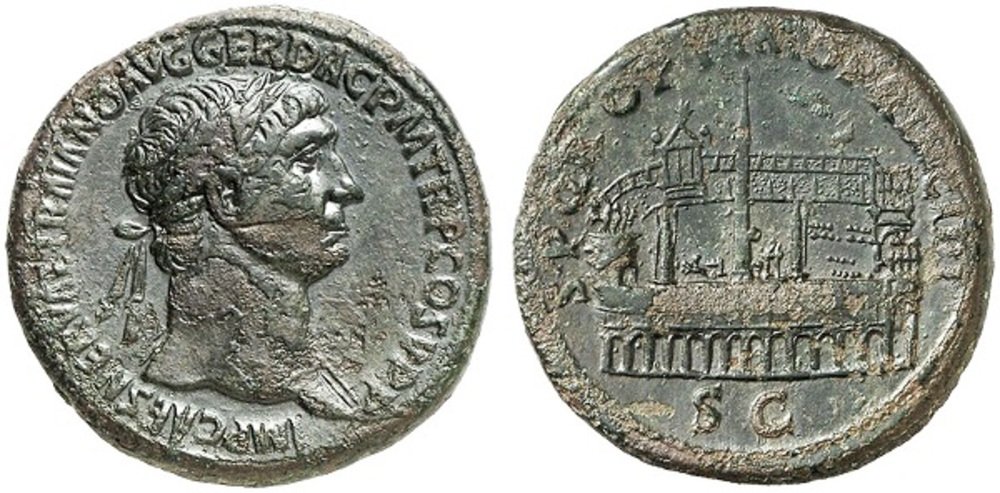
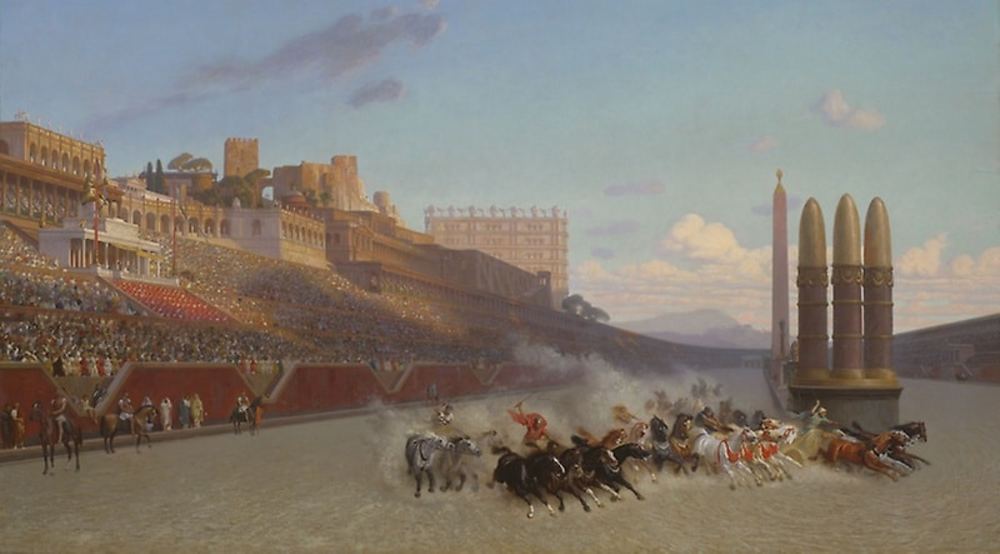
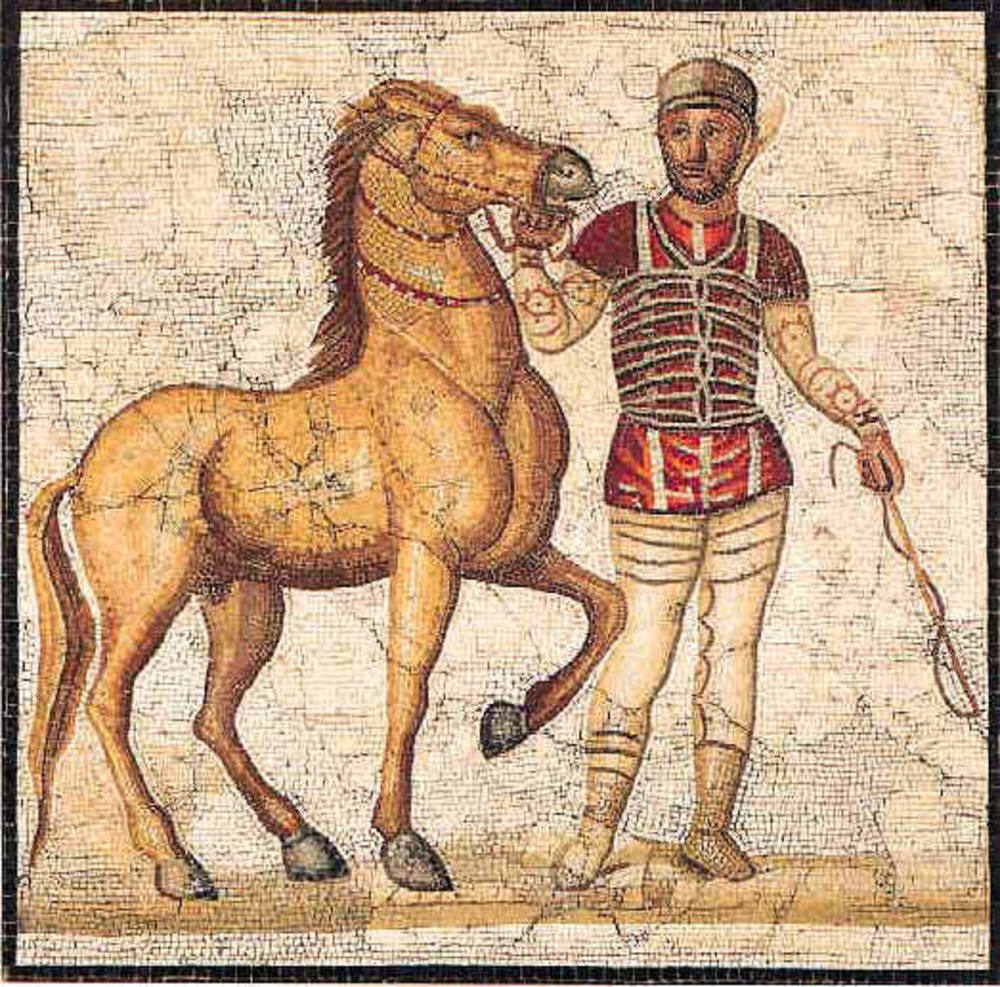
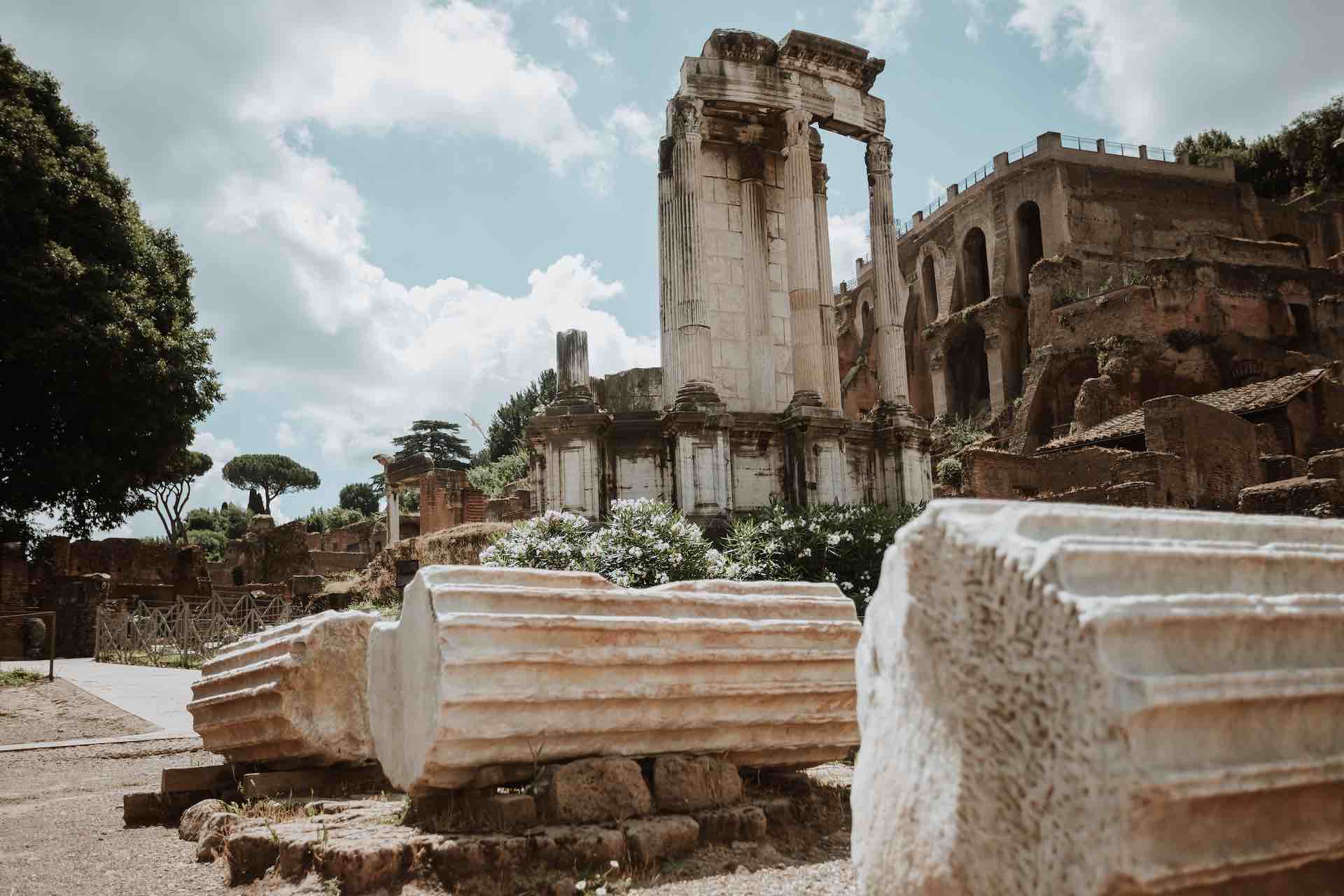
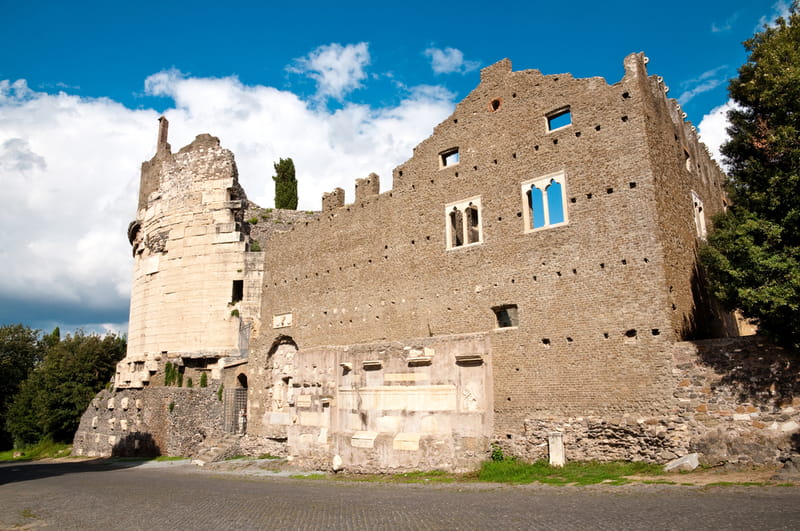
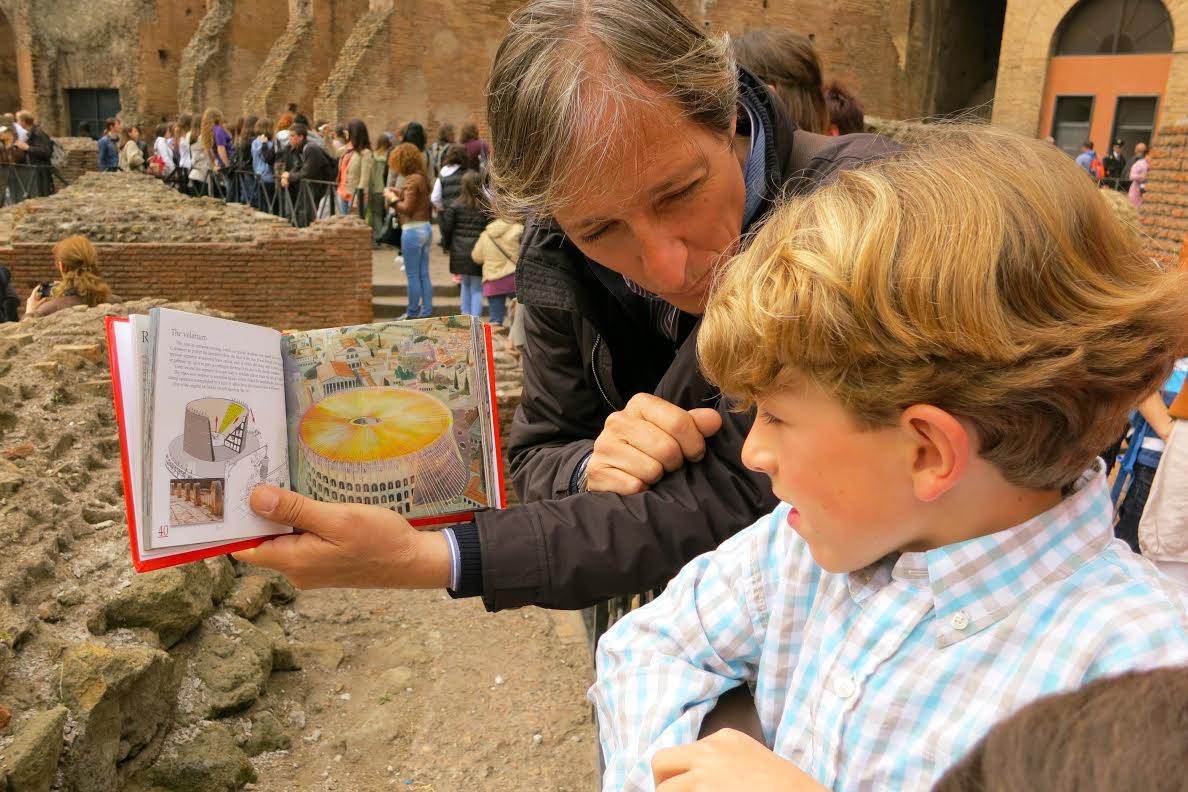
This site is protected by reCAPTCHA and the Google Privacy Policy and Terms of Service apply.